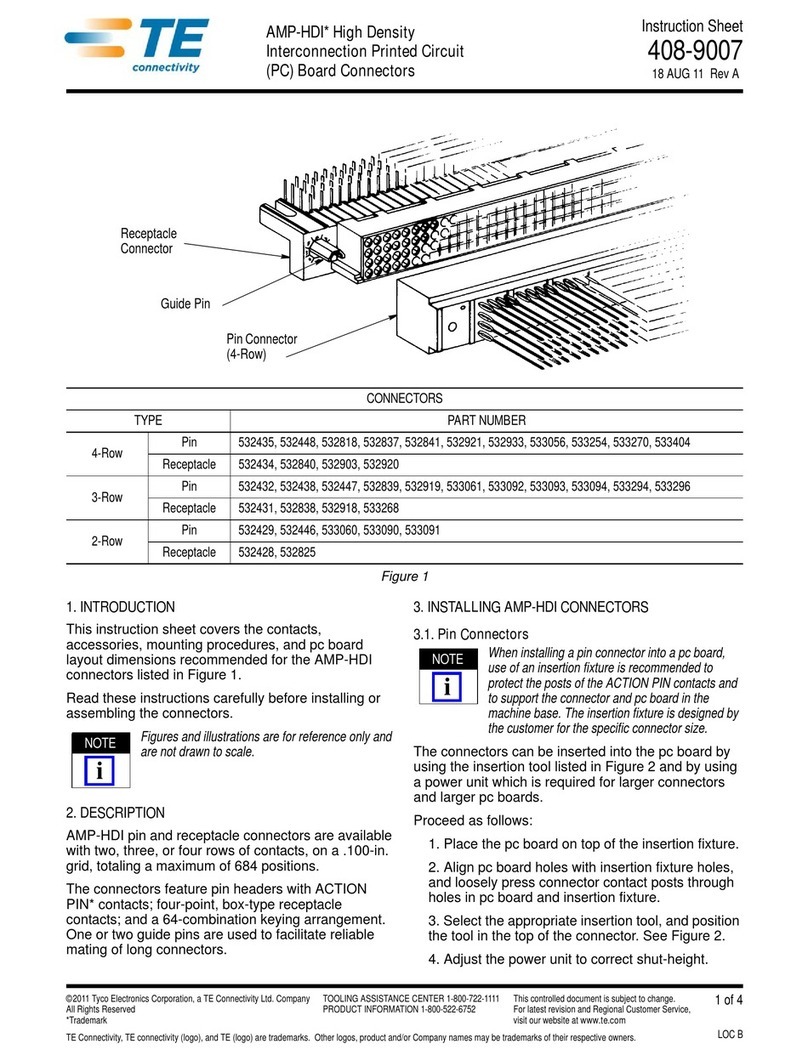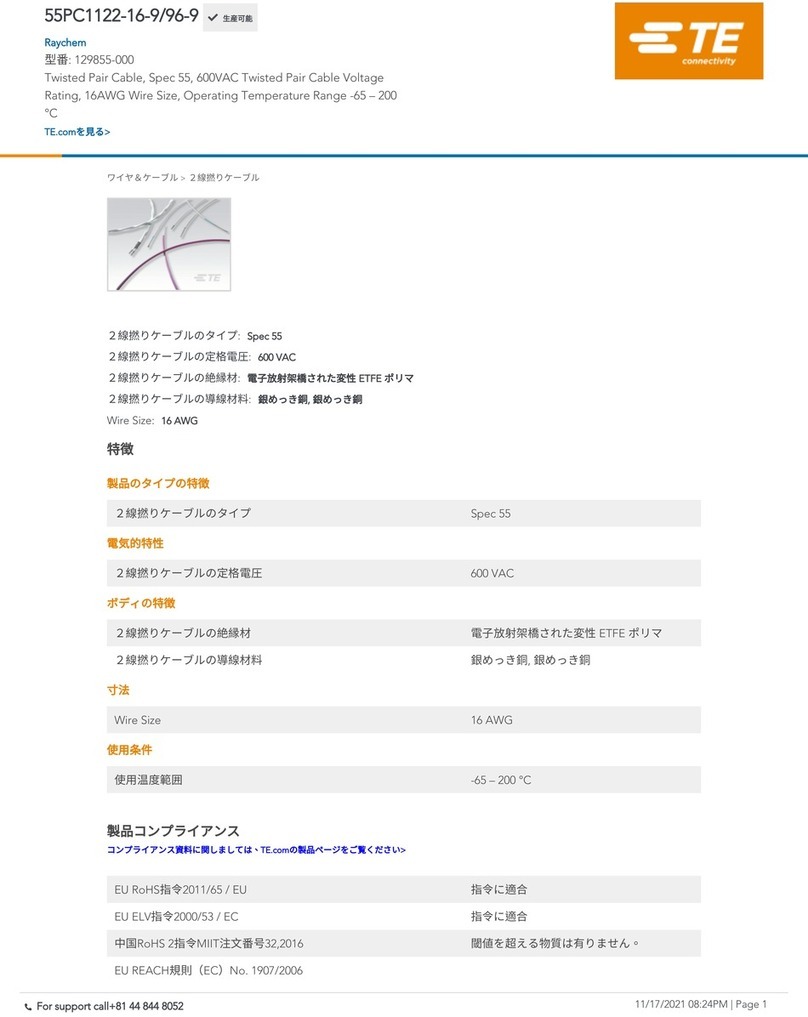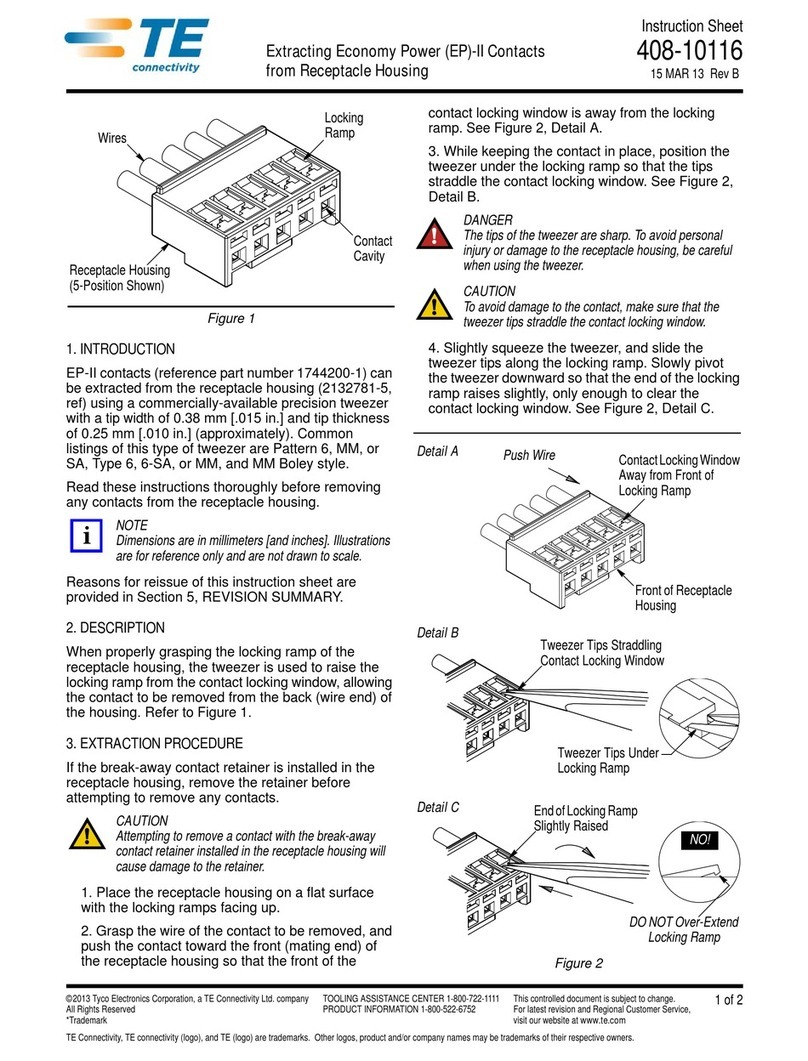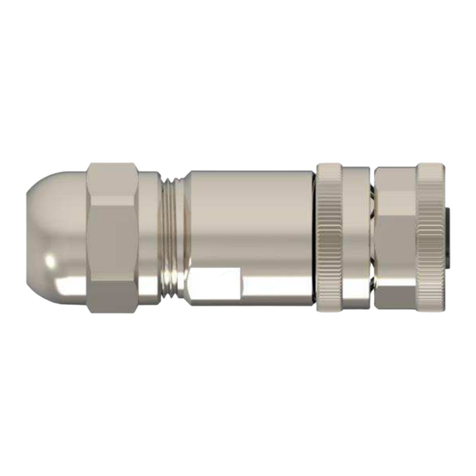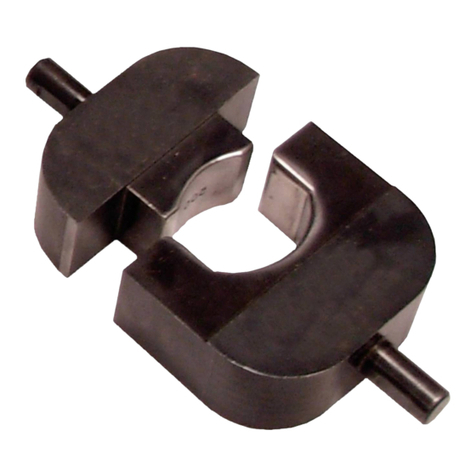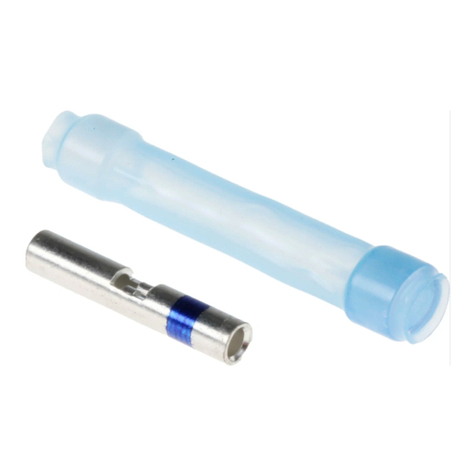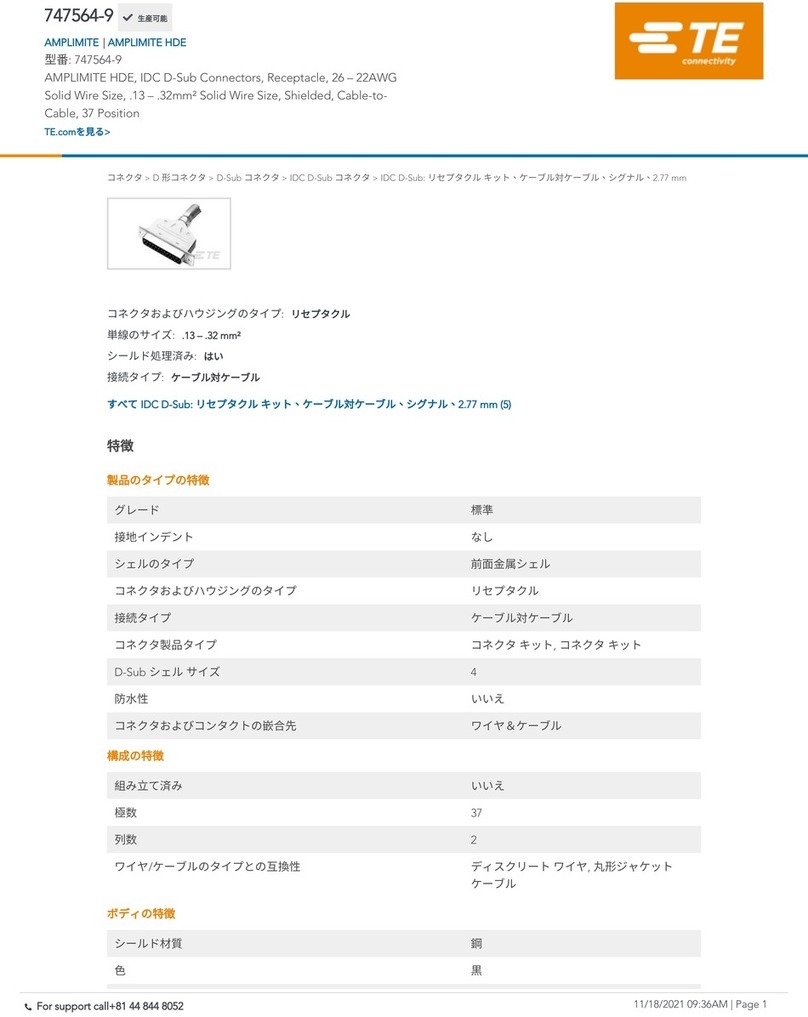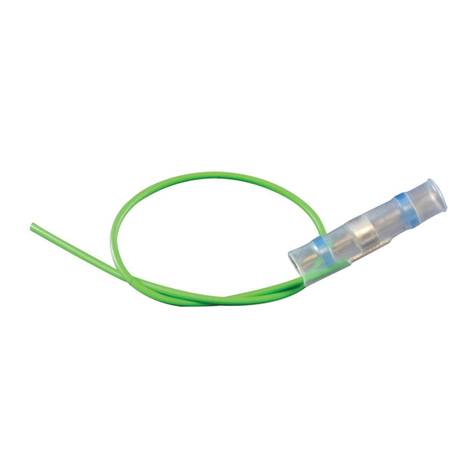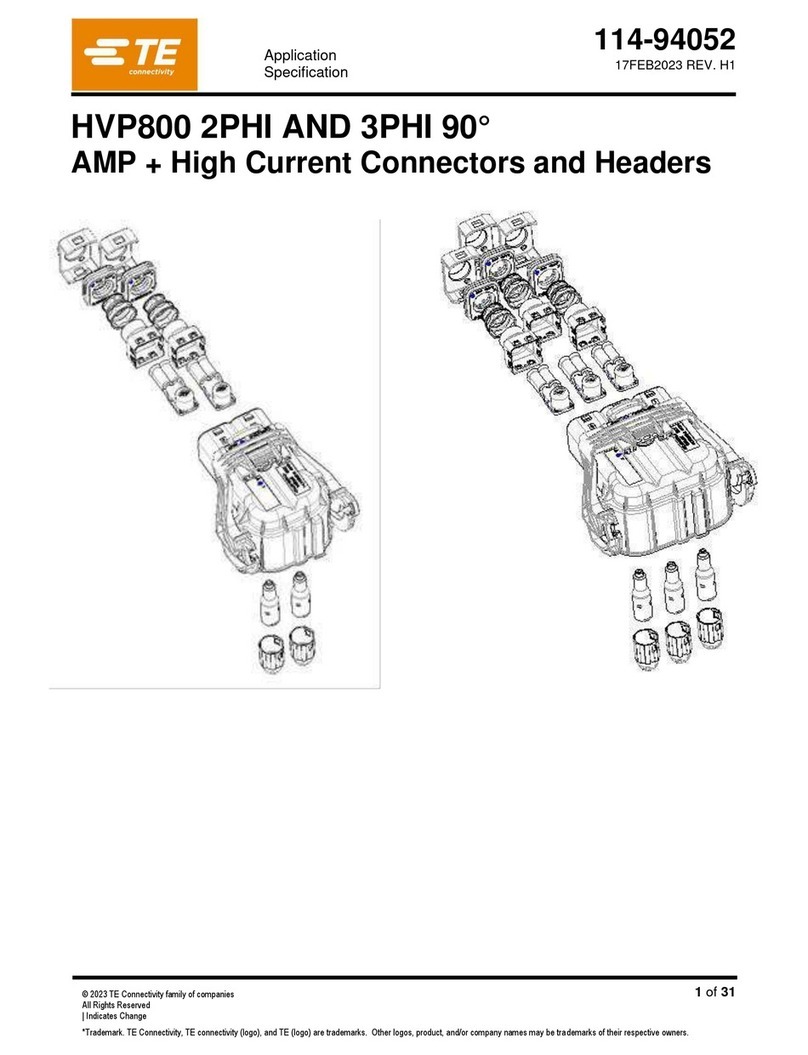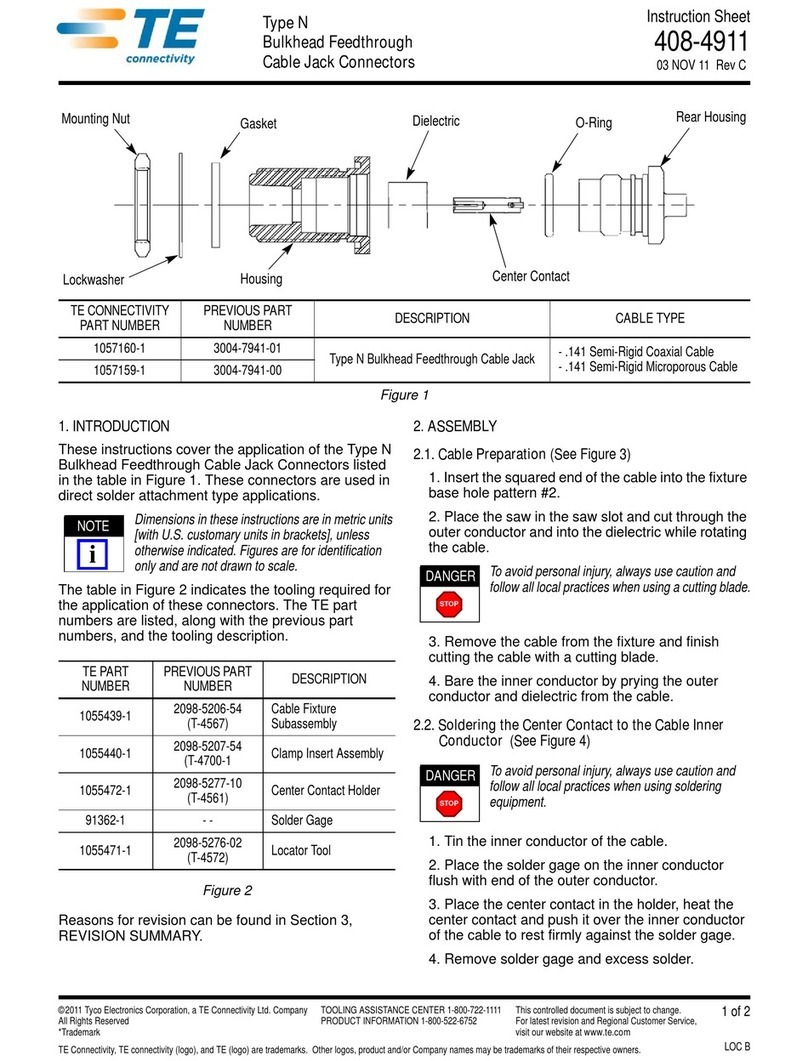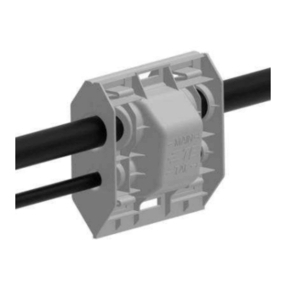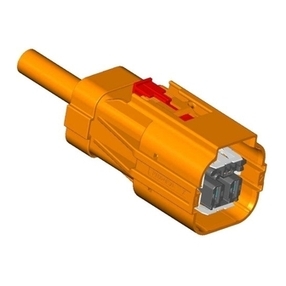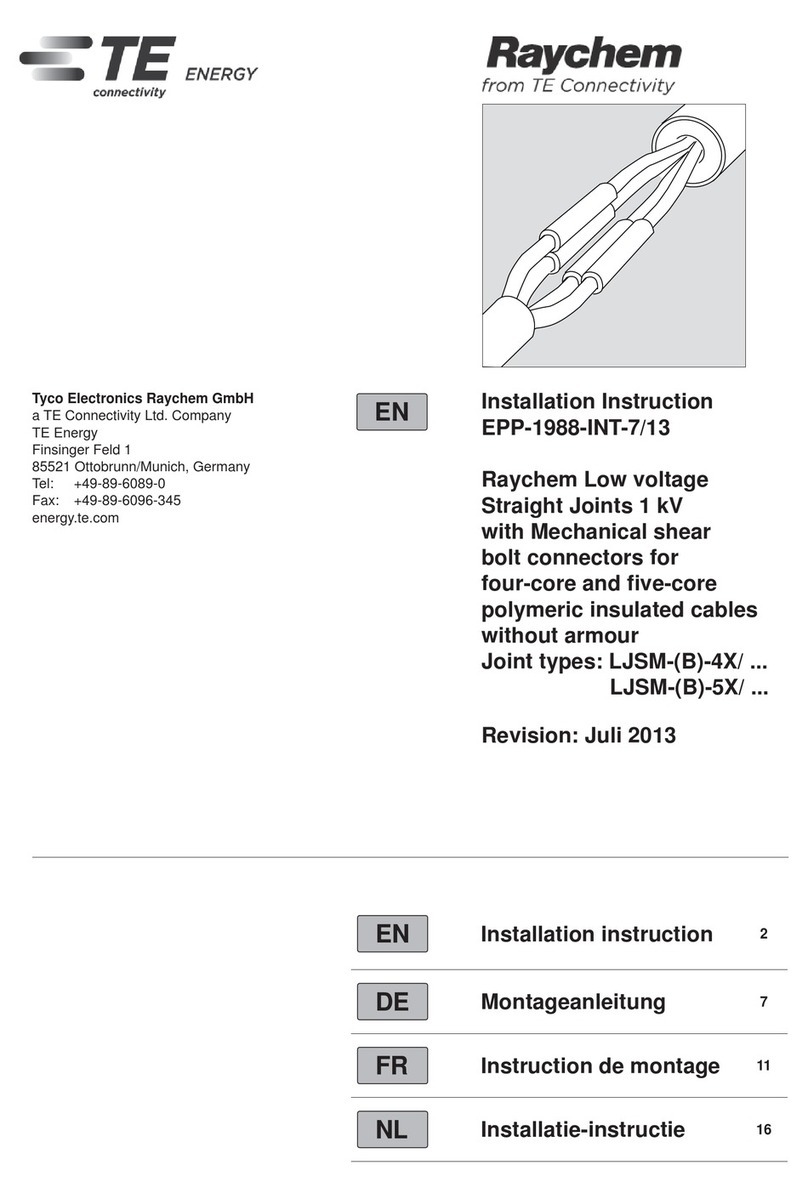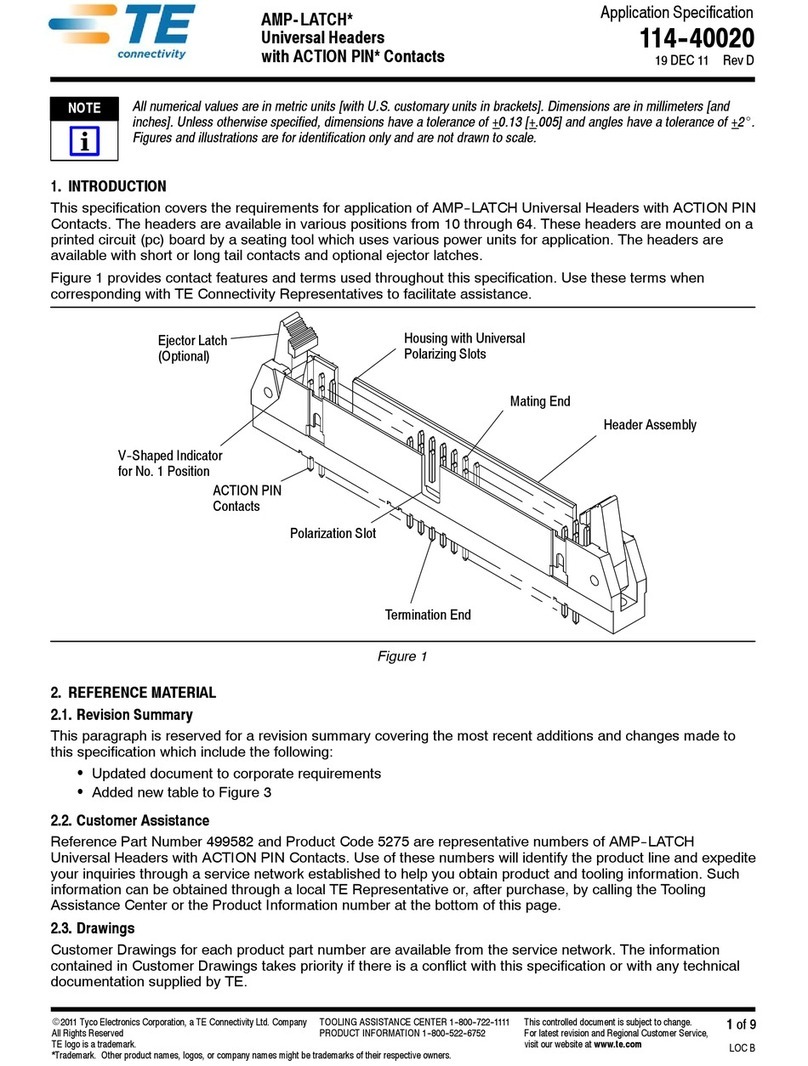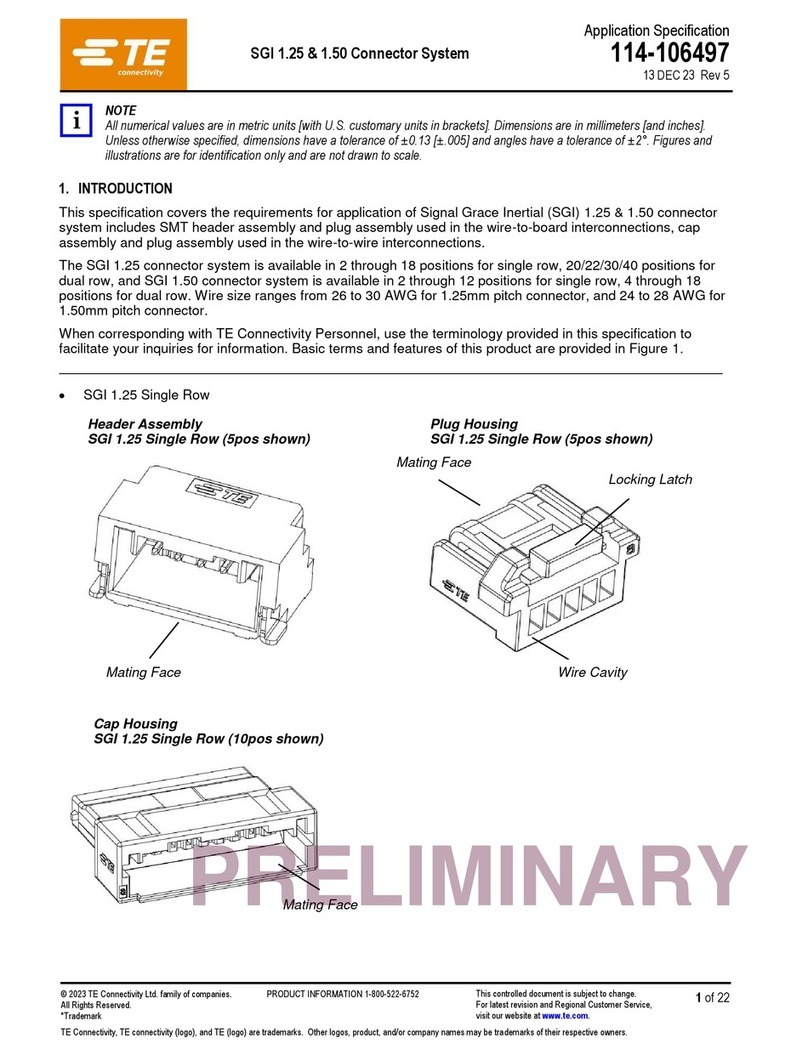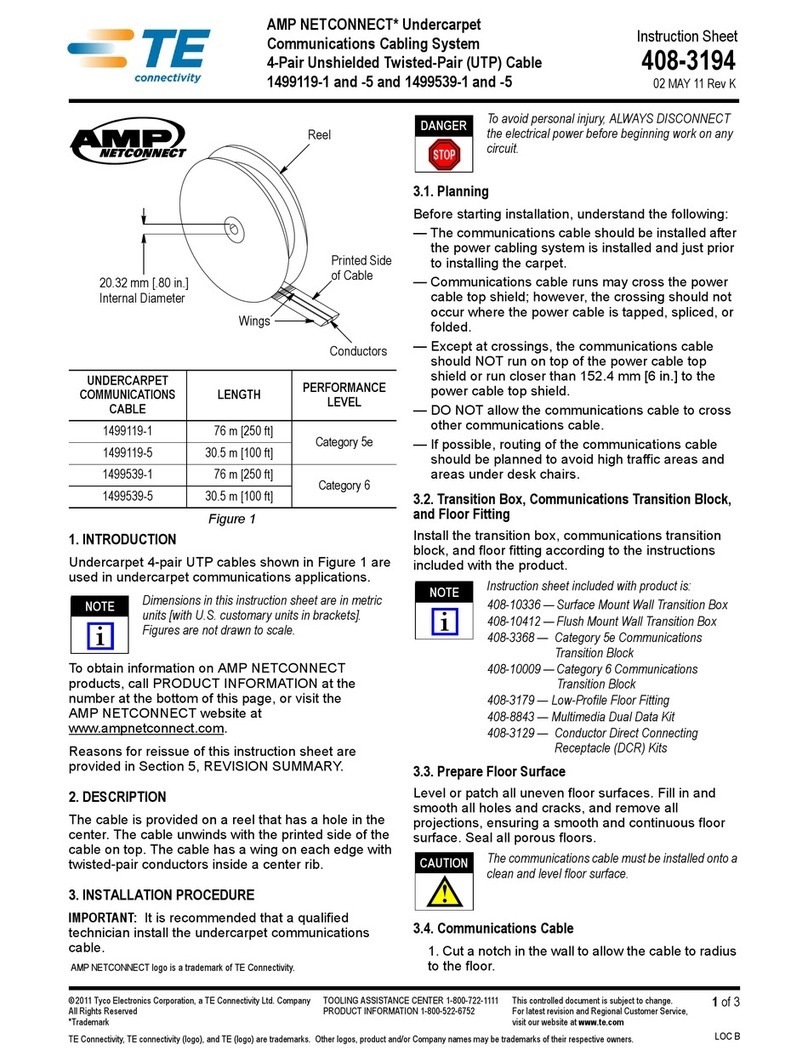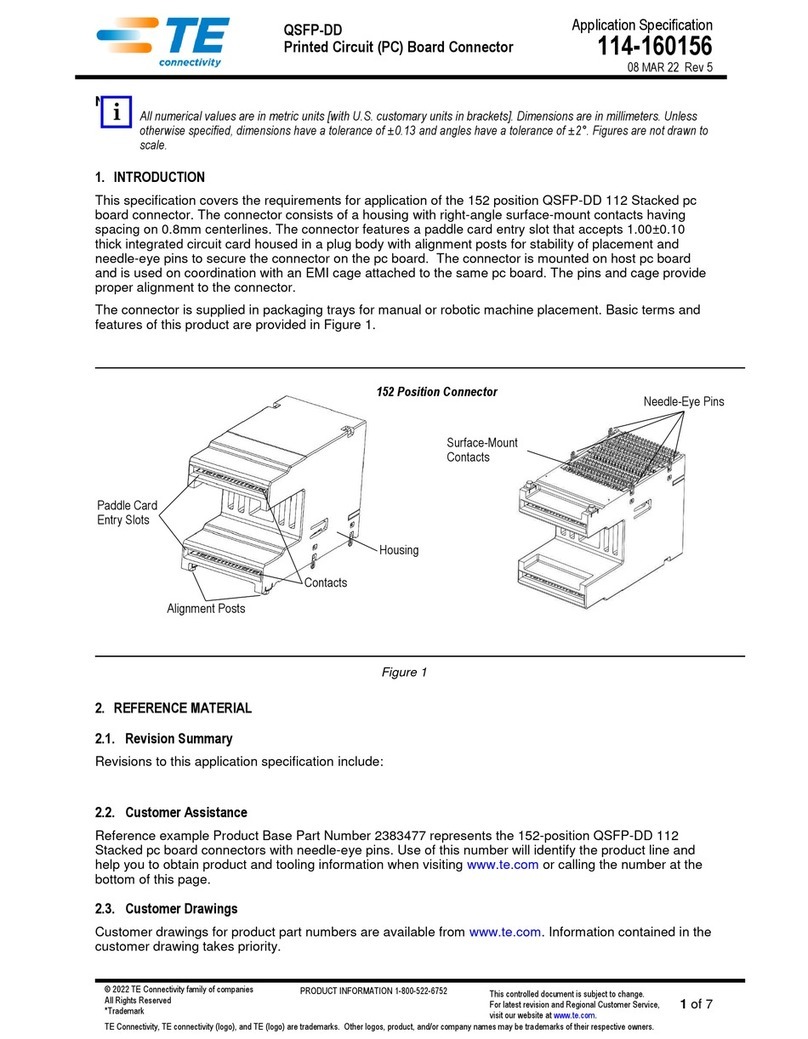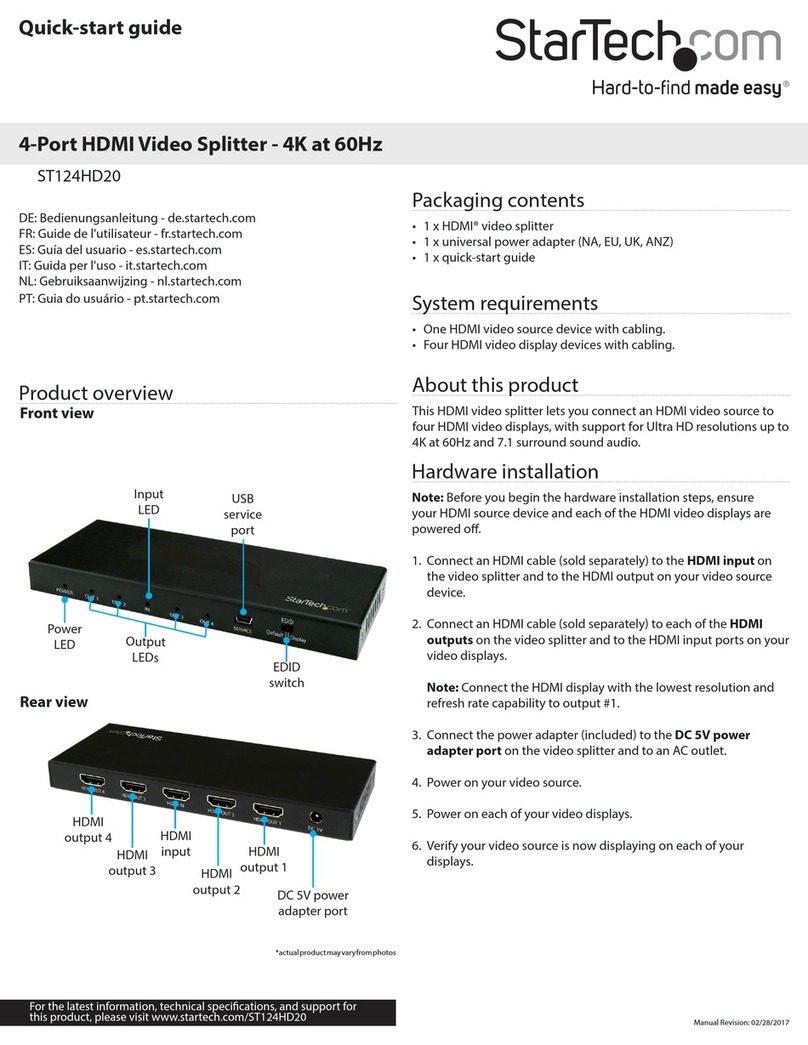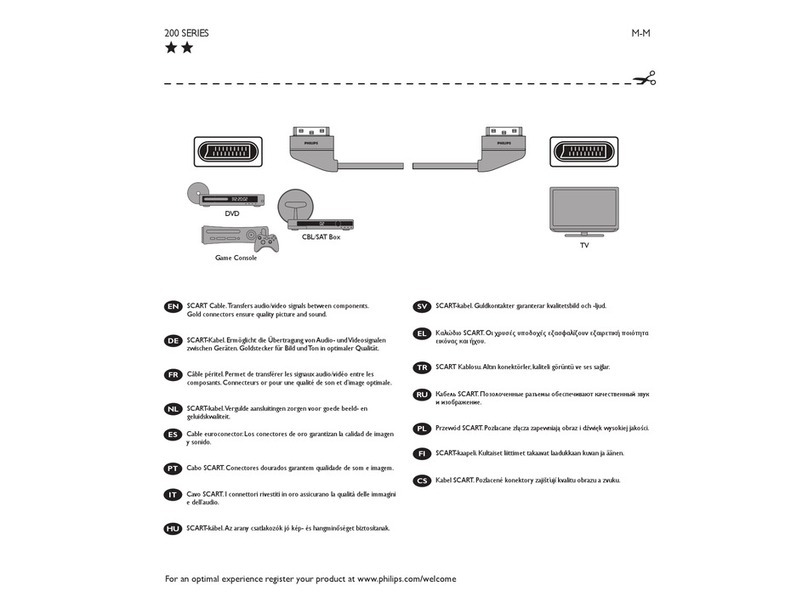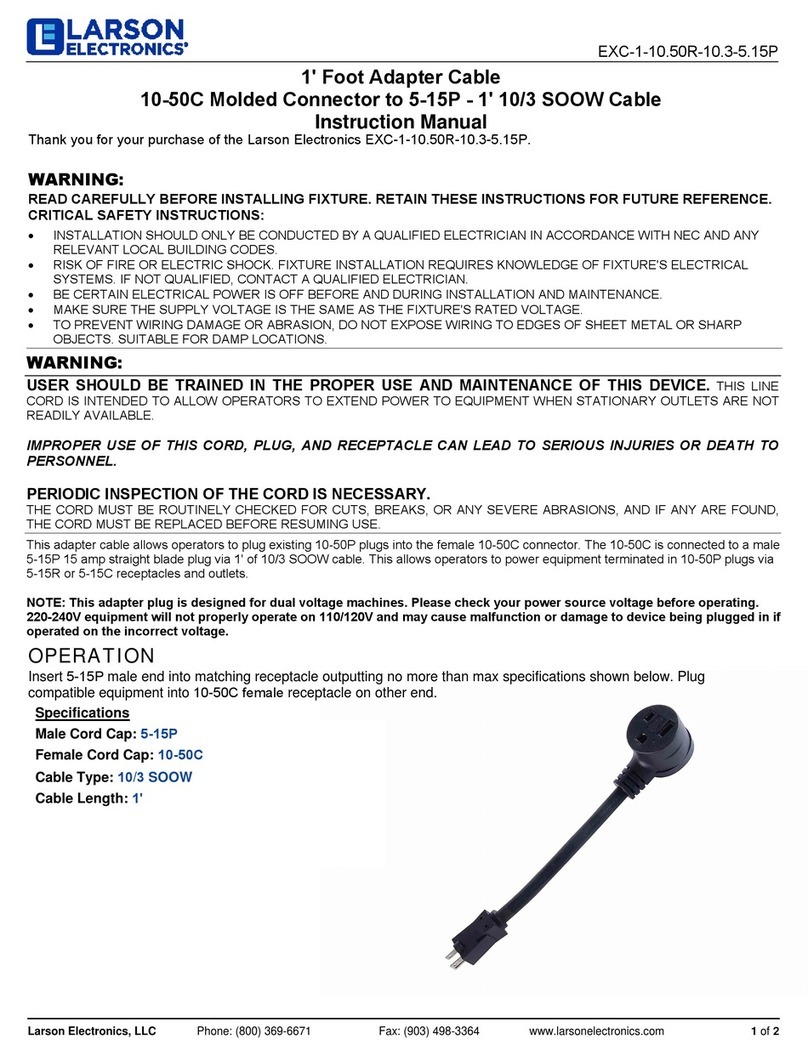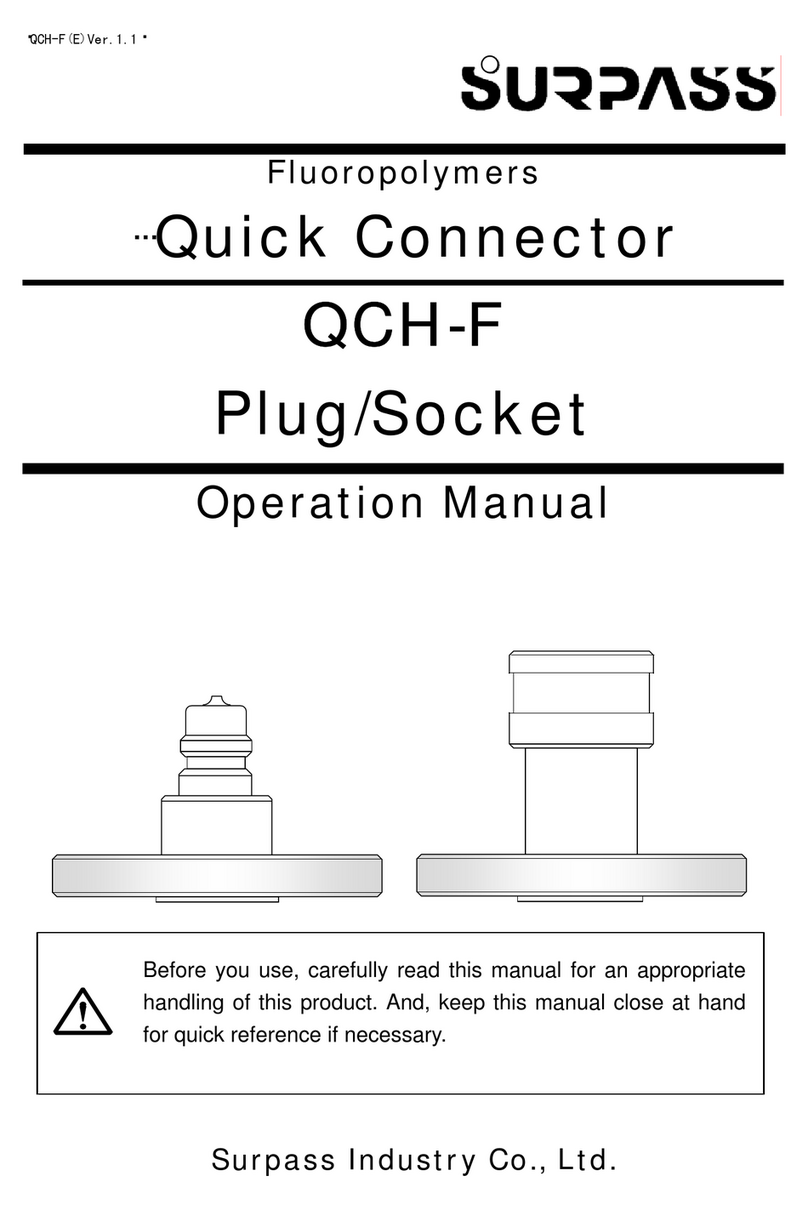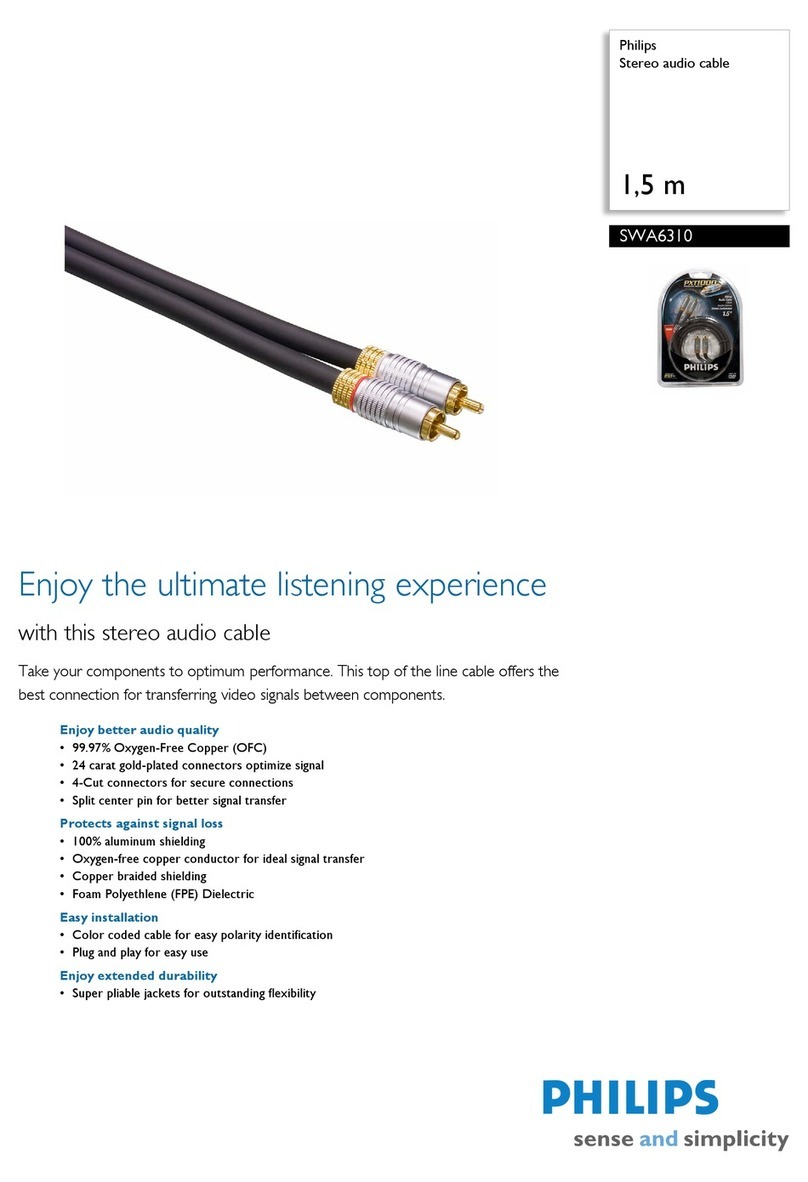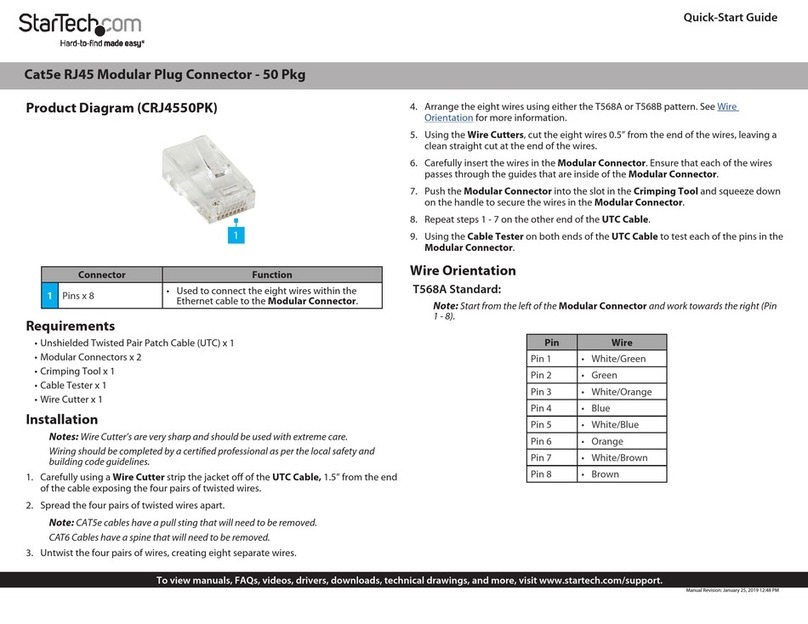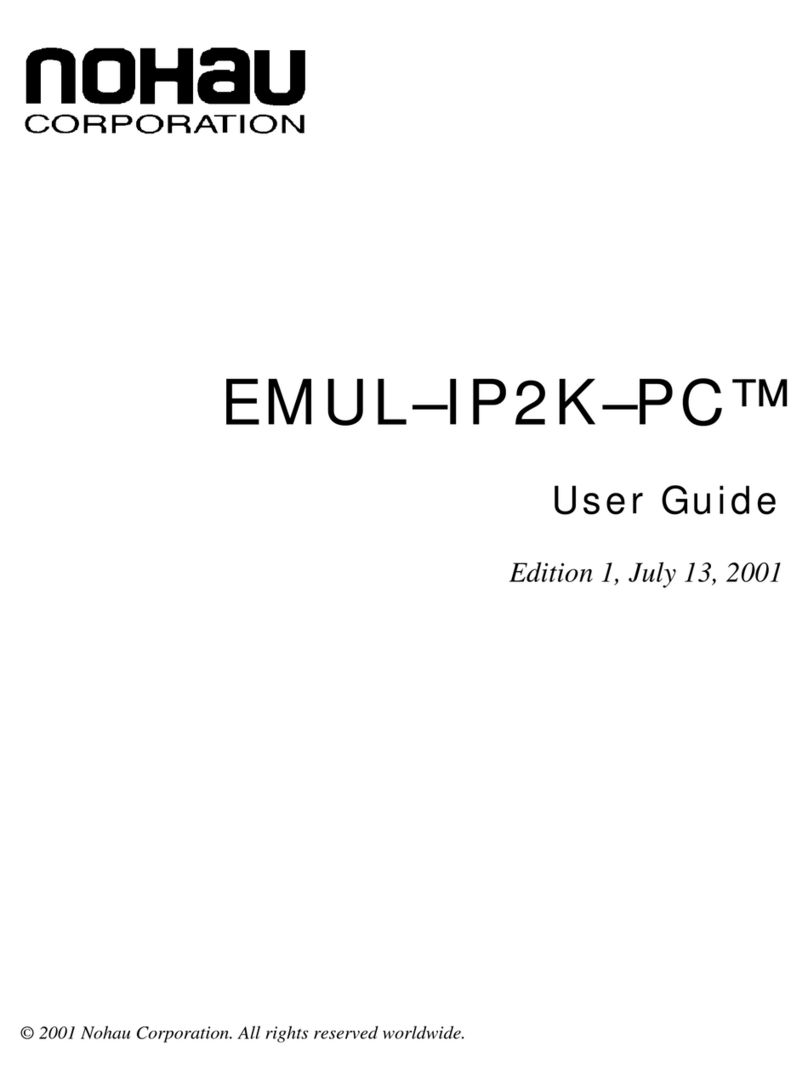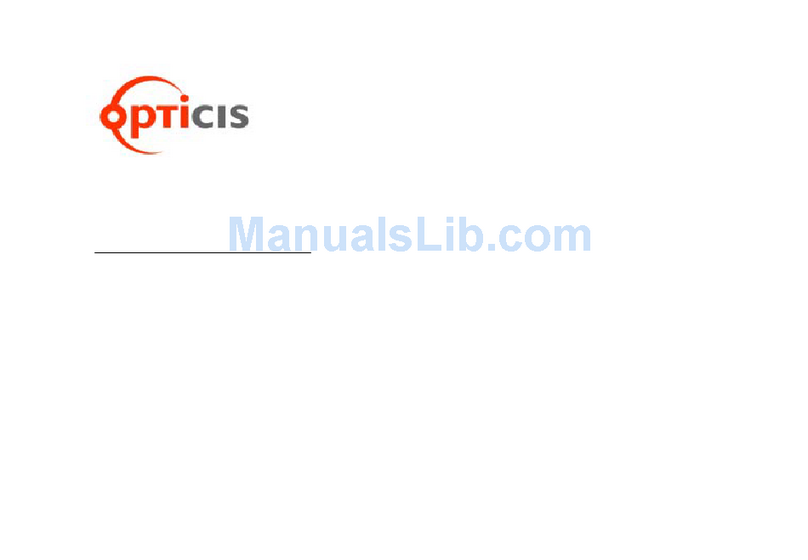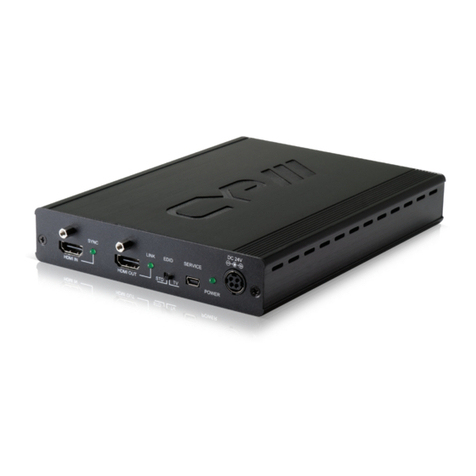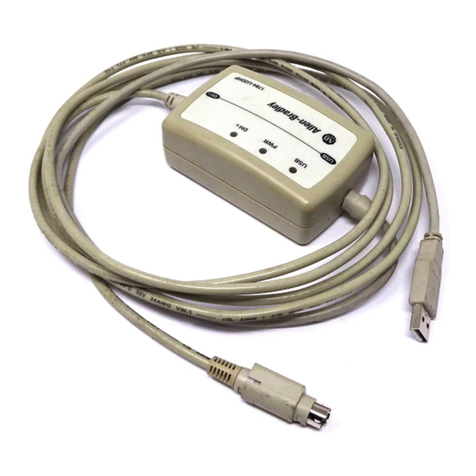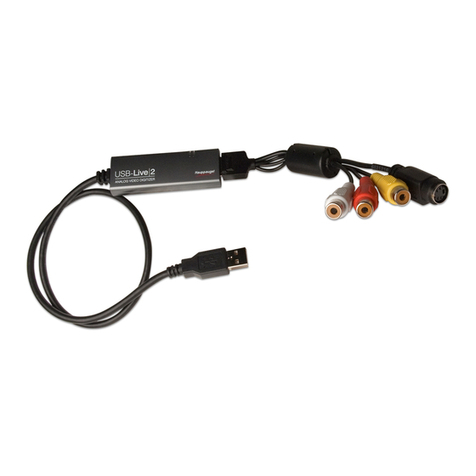
Application Specification
©2012 Tyco Electronics Corporation, a TE Connectivity Ltd. company
All Rights Reserved
*Trademark
TE Connectivity, TE connectivity (logo), and TE (logo) are trademarks. Other logos, product and/or company names may be trademarks of their respective owners.
1of 8
TOOLING ASSISTANCE CENTER
1-800-722-1111
PRODUCT INFORMATION
1-800-522-6752
This controlled document is subject to change.
For latest revision and Regional Customer Service,
visit our website at www.te.com
114-1016
Miniature AMP-IN* Contacts and
Miniature AMP-IN 2000 Contacts 16 OCT 12 Rev EE
Allnumerical valuesare inmetric units[withU.S.customary unitsinbrackets]. Dimensionsare inmillimeters [andinches].
Unless otherwise specified, dimensions have a tolerance of ±0.13 [±.005] and angles have a tolerance of ±2°. Figures
and illustrations are for identification only and are not drawn to scale.
1. INTRODUCTION
This specification covers the requirements for application of miniature AMP-IN contacts and miniature AMP-IN
2000 contacts. These contacts are designed to hold the strands of wire together so that the wire can be inserted
into holes in a printed circuit (pc) board.
Each contact features a wire barrel, insulation barrel, locking lance(s), and stabilizer barrel or insulation stop/
positive board stop. The locking lance is designed to prevents the contact from backing out of the pc board hole.
The stabilizer barrel holds the contact steady during the soldering process, and the insulation stop/positive
board stop prevents the wire insulation from being inserted and the contact from being over inserted into the pc
board hole. These requirements are applicable to automatic termination machines.
When corresponding with personnel, use the terminology provided in this specification to facilitate your inquiries
for information. Basic terms and features of this product are provided in Figure 1.
Miniature AMP-IN Contact Miniature AMP-IN 2000 Contact
Insulation Stop/
Positive Board Stop
Locking Lance
Wire Barrel
Insulation
Barrel
Wire Barrel
Insulation
Barrel
Stabilizer
Barrel
Locking Lance
(2 Places)
Figure 1
2. REFERENCE MATERIAL
2.1. Revision Summary
Revisions to this application specification include:
•Corrected inch conversion for pc board thickness in Paragraph 3.4
2.2. Customer Assistance
Reference Product Base Part Numbers 640401 and 794121 and Product Code 1326 are representative of
miniature AMP-IN contacts and miniature AMP-IN 2000 contacts. Use of these numbers will identify the product
line and help you to obtain product and tooling information. Such information can be obtained through a local
Representative, by visiting our website at www.te.com, or by calling PRODUCT INFORMATION or the
TOOLING ASSISTANCE CENTER at the numbers at the bottom of this page.
2.3. Drawings
Customer Drawings for specific products are available from the responsible Engineering Department via the
service network. The information contained in the Customer Drawings takes priority if there is a conflict with this
specification or with any other technical documentation supplied.
